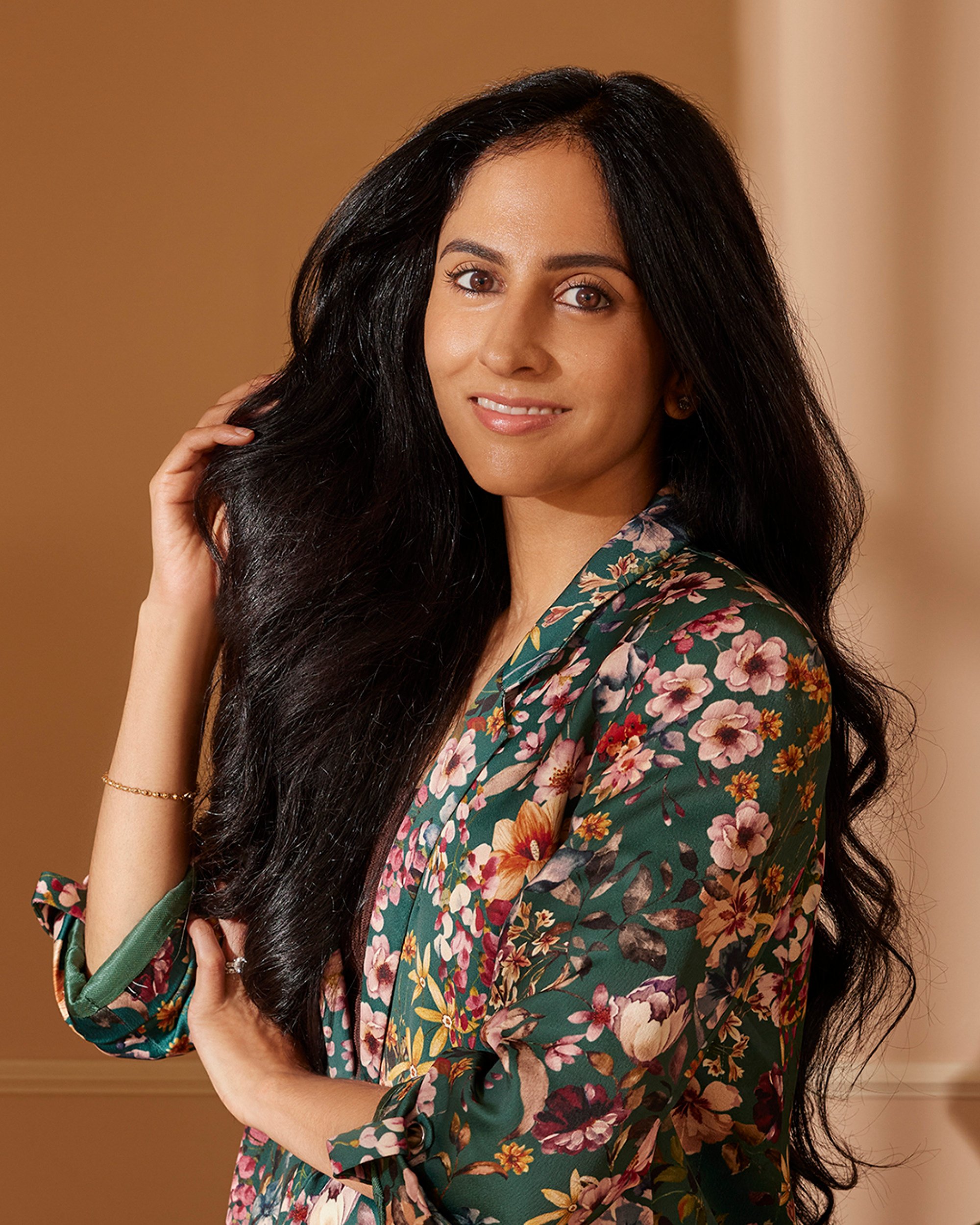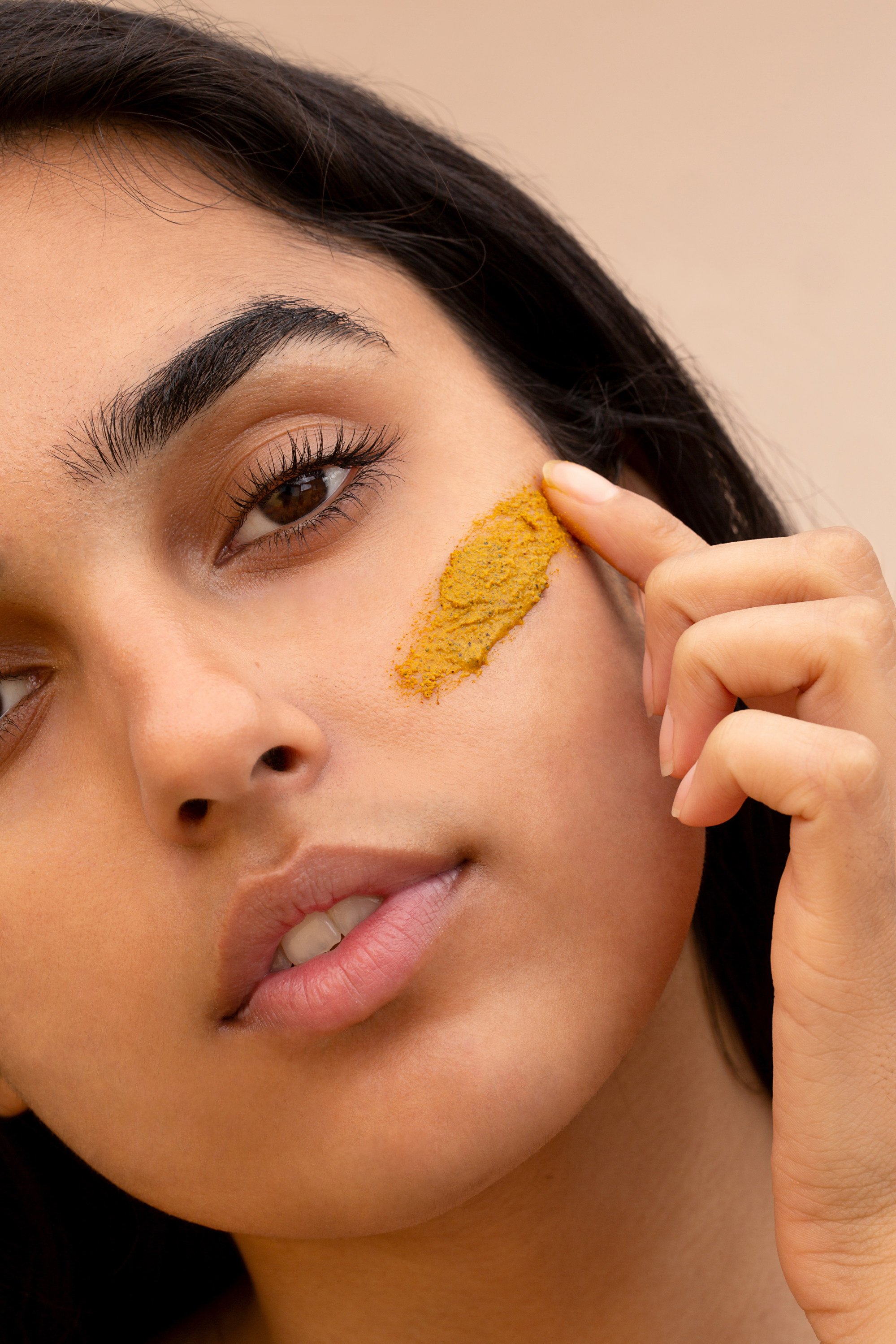“Now more than ever, the Western public pays attention to prevention. Ayurveda focuses on the root cause, not just treating the symptoms [which is why] we’re seeing the world start to embrace this powerful practice,” says Michelle Ranavat, founder of skin and hair care line, Ranavat.

“Ayurvedic lines tend to have a more natural focus, and that’s in line with the demand for pure beauty,” adds Farida Irani, founder of Subtle Energies, available worldwide in high-end spas at hotels such as the Mandarin Oriental.
Traditionally, Ayurvedic treatments are tailored to a particular person depending on their individual body constitution or dosha. As such, many skin care brands develop their formulations around these types, which is not only confusing to the uninitiated, but also alienating to audiences unfamiliar with Ayurvedic principles.
Caudalie co-founder Mathilde Thomas on all things beauty and skincare
Caudalie co-founder Mathilde Thomas on all things beauty and skincare
However, these newer brands are revamping Ayurvedic skincare by taking tried and tested traditional ingredients and repackaging them into easy-to-use formulas with the latest skincare enhancements and technologies. Modern branding and fun social media marketing have made them even more attractive and accessible.
“After giving birth to my two sons, I experienced significant postpartum hair loss and dull skin. I turned to my South Asian roots and started using ingredients like saffron on my skin. The results were amazing, but the only place I could buy them was at a grocery store. I personally want to see a luxury version of Ayurveda accessible to everyone,” says Ranawat, whose eponymous label launched online and is now available at Sephora in the US.

“The biggest challenge is achieving a balance between old formulas and modern advances. We always want to do our best to honor tradition, but it’s important to add our expertise in formulas and use clinical science to prove their effectiveness,” she adds.
Ranavat’s bestsellers speak to this philosophy and include the Refreshing Saffron Serum, a lighter version of a traditional formula that contains five grams of saffron per bottle and is made in copper vats in India over an 18-day period. Also popular is the Strengthening Hair Serum featuring amla, a powerful antioxidant that is extracted using modern techniques that are heat and chemical free to keep nutrients intact.
What is azelaic acid, the rising star in skin care – and how do you use it?
What is azelaic acid, the rising star in skin care – and how do you use it?
Australia-based Subtle Energies also adopts a new approach to Ayurveda developed by Irani, who has been an Ayurvedic practitioner and clinical aromatherapist for several decades.
“We modernized [our approach] by combining the principles and philosophies of Ayurveda with aromatherapy – specifically the flora-pharmacy – that comes from the Vedic Pharmacopoeia. Traditional Ayurvedic formulas are effective but not always acceptable to the user in terms of smell or feel. We make it more user-friendly while harnessing the power of aromatherapy,” she says.
When the line was first launched in 2010, Irani created a series of fragrance oils using essential oils made from Ayurvedic ingredients. They are meant to be massaged into the body using a technique she calls “aroma dressing” so that the user benefits not only from the oil’s ingredients, but also from the ritual of applying them.

More recently, the brand has ventured into the space with the launch of new products that incorporate traditional tinctures like ashwagandha and brahmi alongside skin care ingredients like collagen. These are then combined using technologies such as fermentation to improve their bioavailability and efficacy. For example, the Vegan Collagen Serum—which the company says performs better than marine collagen—contains proteins that mimic human collagen, along with vitamin-rich ashwagandha.
While these formulas have pushed Ayurvedic skin care into the limelight, its main appeal still lies in the effective ingredients, many of which are staples in Indian homes and pantries.
How does Gwen Stefani look so young at 54? The singer’s secrets are revealed
How does Gwen Stefani look so young at 54? The singer’s secrets are revealed
Top performers include saffron, thanks to its powerful antioxidant properties that help reduce the appearance of fine lines and wrinkles. Turmeric is a great option for dealing with inflammation, dark spots and hyperpigmentation. Neem, known for its antimicrobial and antifungal functions, can help repair the skin, making it suitable for sensitive skin. Then there’s mogra, or Indian jasmine, which also soothes the skin by aiding in cell renewal and hydration. Irani also highlights 24k gold, which she says can improve circulation, boost cellular energy, and stimulate collagen production.
With so many different ingredients to choose from, experts believe that Ayurvedic skin care has the potential to become a category of its own in the future.

“Green chemistry is an exciting field. I studied Ayurveda in 2001, so my education informed my decision to create a skincare line from rare ingredients that are abundant in the Himalayas,” explains Kavitha Kohsa, founder of Purearth.
“Indian senna polysaccharides outperform conventional hyaluronic acid in clinical trials. Saffron pollen outperforms homosalt, the most widely used chemical sunscreen blocker in the US. I can go on quoting the research, but more funding needs to be allocated to Ayurvedic pharmacognosy, then we can unlock its real potential,” she says.

